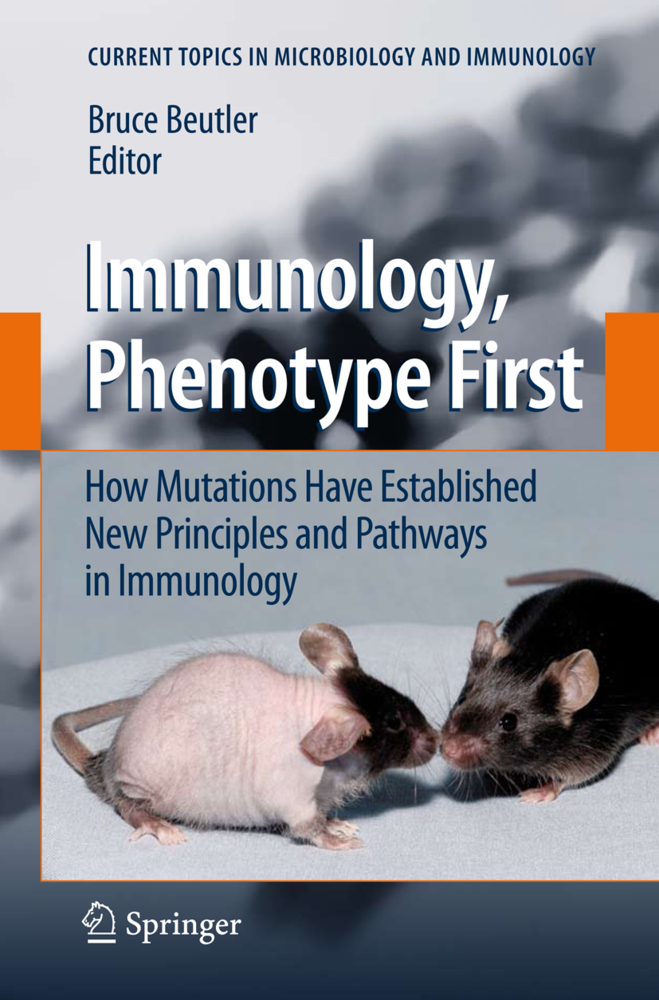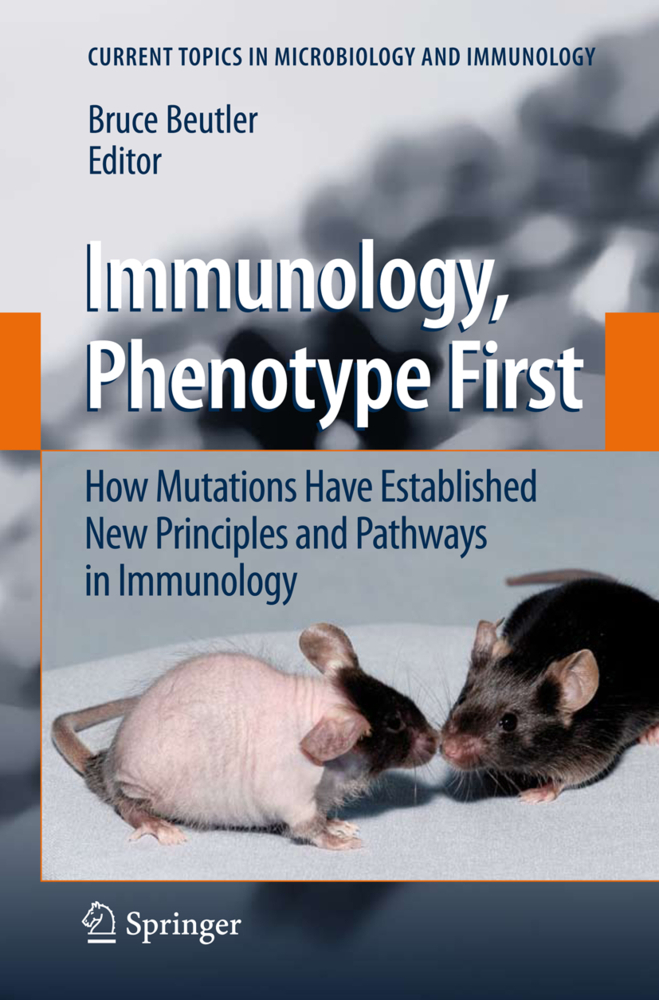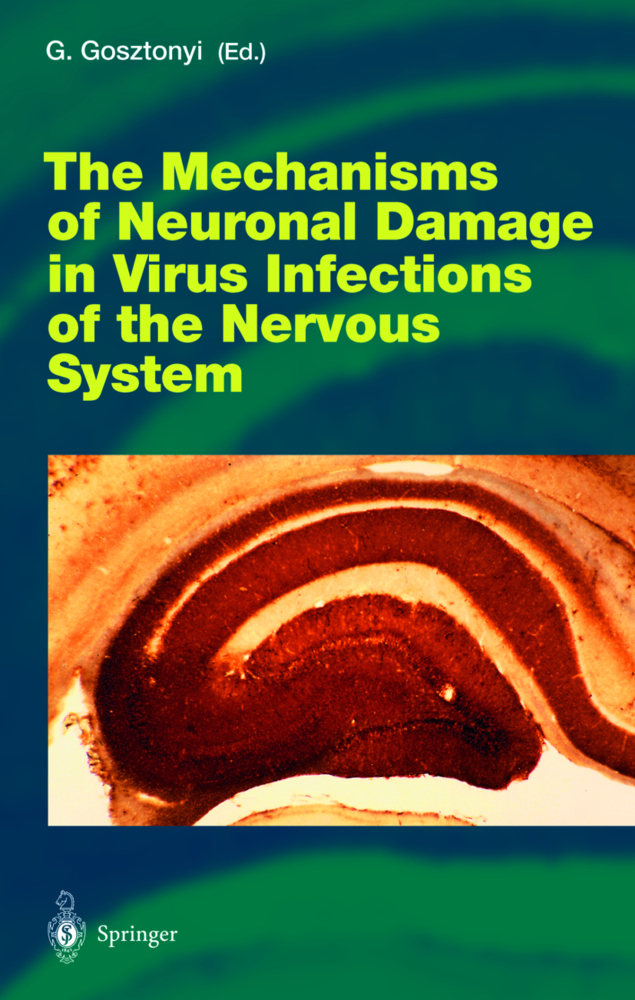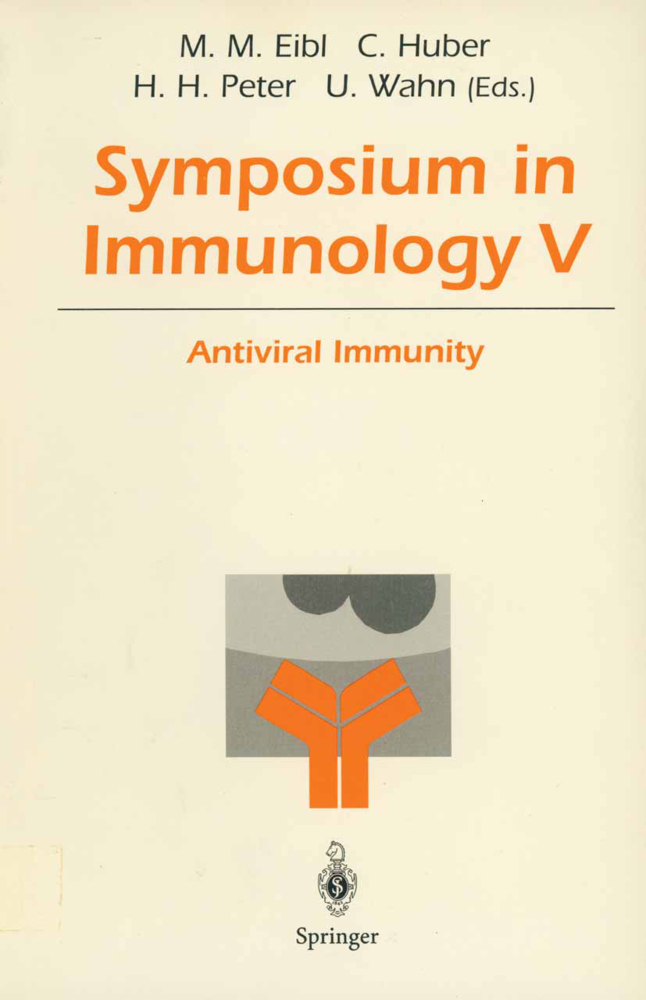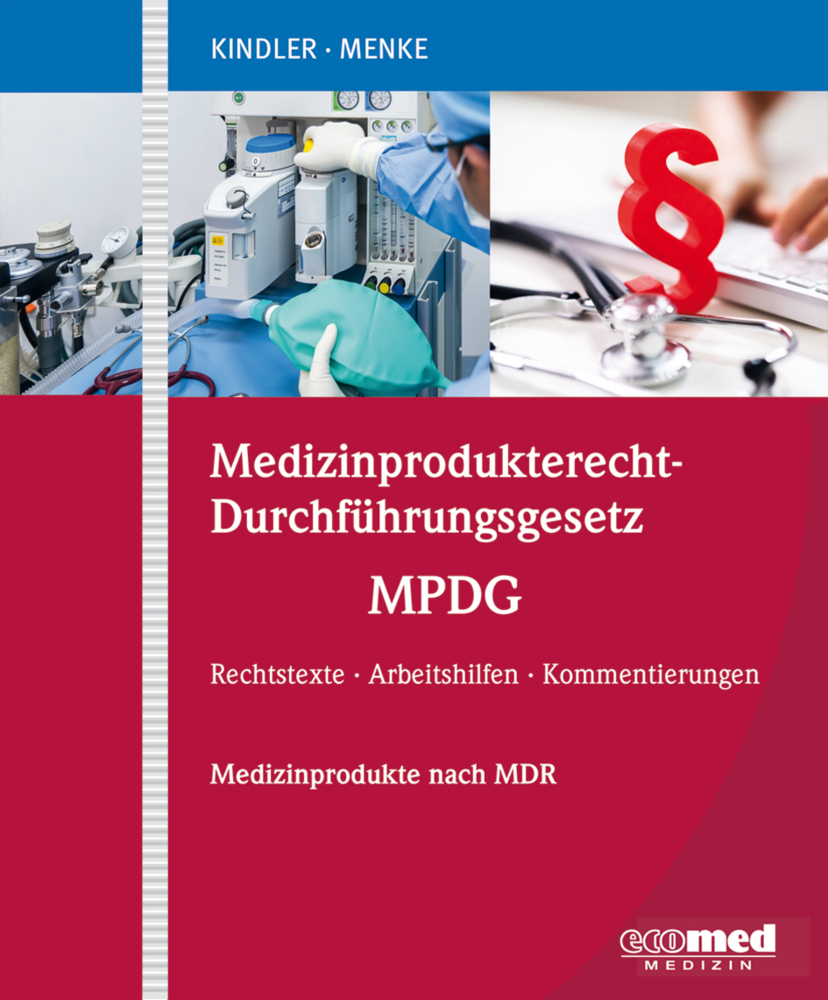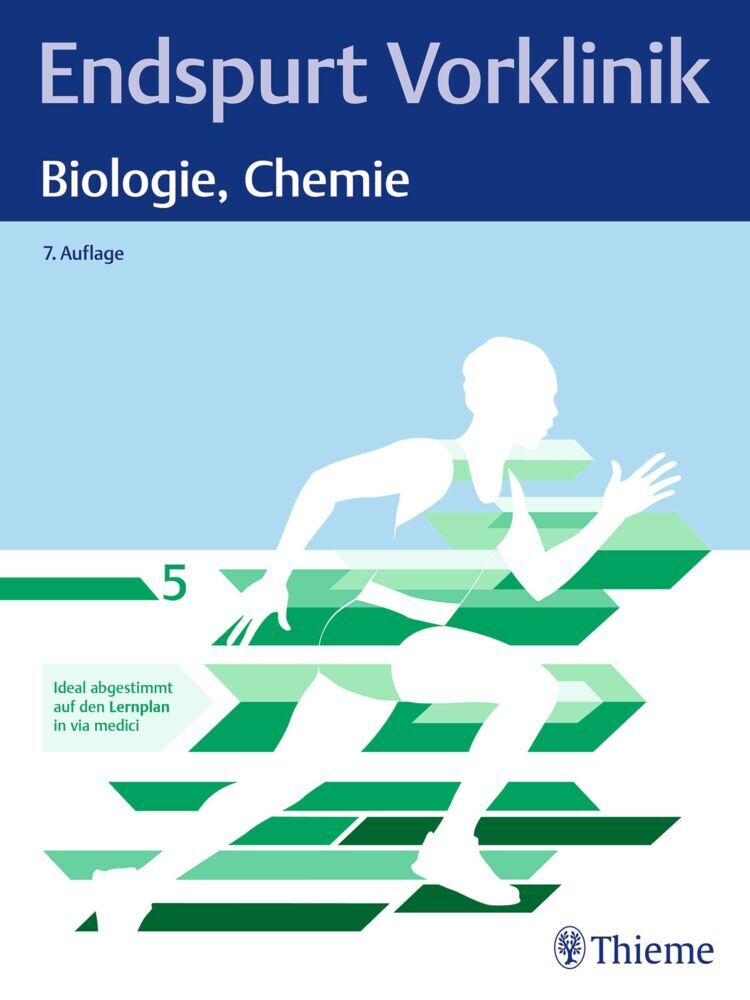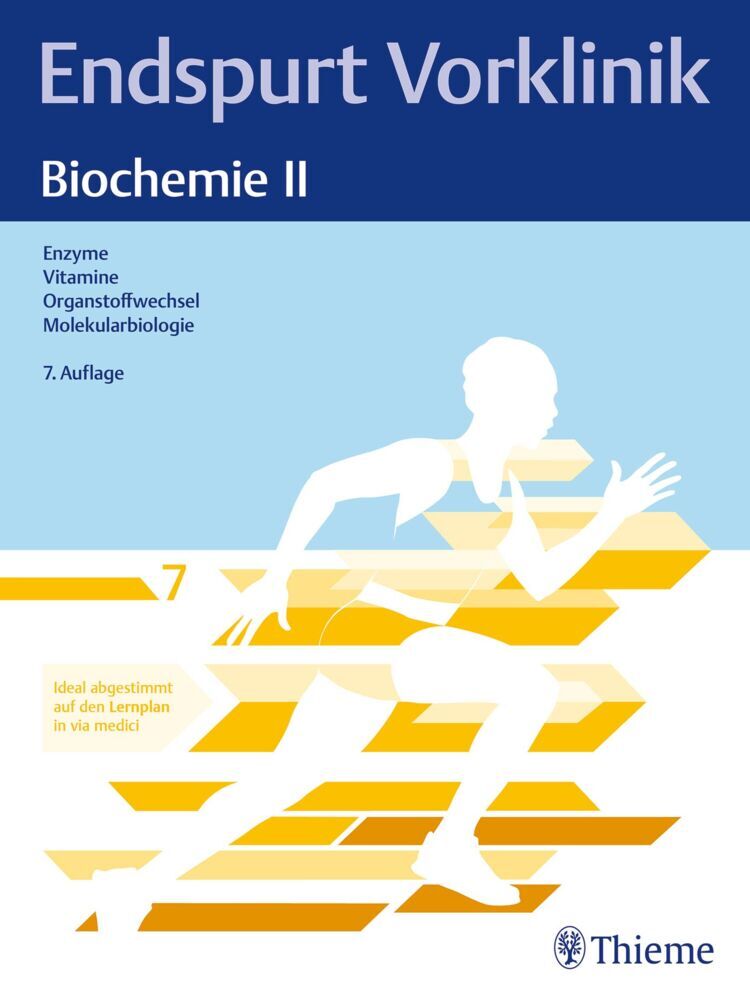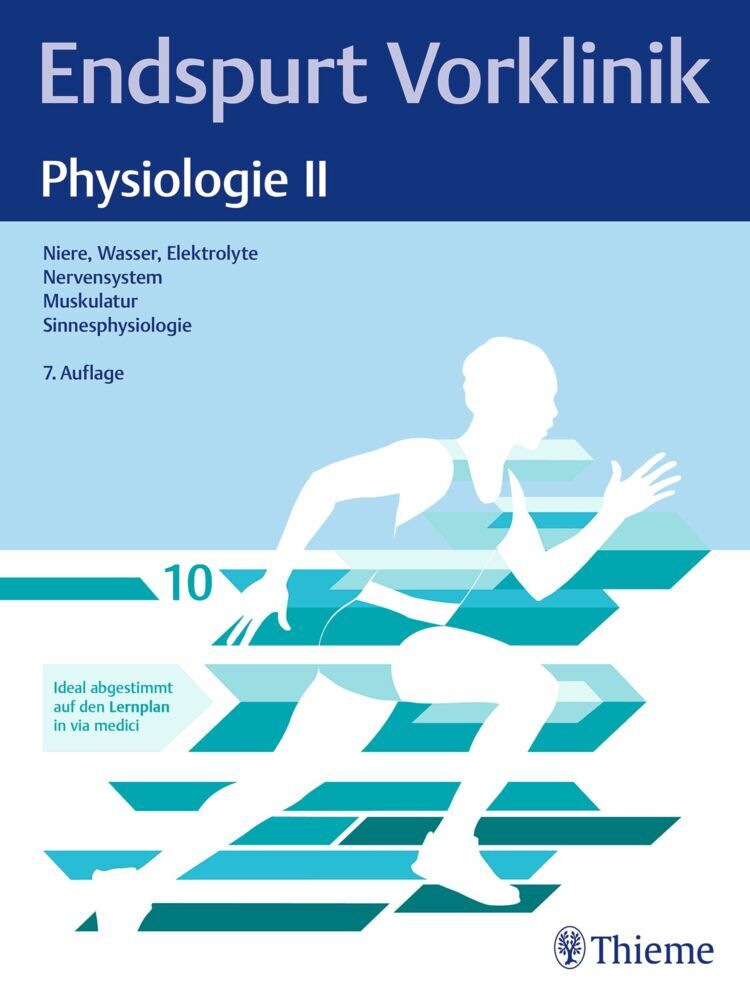Immunology, Phenotype First: How Mutations Have Established New Principles and Pathways in Immunology
Immunology, Phenotype First: How Mutations Have Established New Principles and Pathways in Immunology
This monograph deals with the impact of classical genetics in immunology, prov- ing examples of how large immunological questions were solved, and new fields opened to analysis through the study of phenotypes, either spontaneous or induced. As broad as biology has become, there are those who do not fully understand what the genetic approach is, and how it differs fundamentally from most of the methods available to natural scientists. They may hold the opinion that genetics has run its course since Mendel read his paper on peas in 1865. "Why bother with classical genetics," they may ask. "Won't all genes be knocked out soon anyway?" Or they are intimidated by genetics, with its heavy reliance on model organisms that seem so alien. "What has C. elegans to do with me?" the questioning might go. "It doesn't even have lymphocytes. " Such skeptics may be unaware that the mouse is fast becoming as tractable a model organism as the fly, and that humans may not be too far behind. So I would like to introduce the topic with a few words about the power of genetics, and why it has contributed so much to immunology, and to bi- ogy in general. Genetics, as the word is used here, is not merely the science of heredity, but much more than that. It is the science of exceptions: the science that takes note of heritable variation and seeks to explain it at the most fundamental level.
Genetic Analysis of Resistance to Infections in Mice: A/J meets C57BL/6J
Host Defenses Against Human Papillomaviruses: Lessons from Epidermodysplasia Verruciformis
Innate Resistance to Flavivirus Infections and the Functions of 2?-5? Oligoadenylate Synthetases
Cmv1 and Natural Killer Cell Responses to Murine Cytomegalovirus Infection
Genetic Dissection of Host Resistance to Mycobacterium tuberculosis: The sst1 Locus and the Ipr1 Gene
Self-Reactivity
Scurfy, the Foxp3 Locus, and the Molecular Basis of Peripheral Tolerance
Fevers, Genes, and Innate Immunity
Itchy Mice: The Identification of a New Pathway for the Development of Autoimmunity
TIM Gene Family and Their Role in Atopic Diseases.
Immunodeficiency
The Forward Genetic Dissection of Afferent Innate ImmunityGenetic Analysis of Resistance to Infections in Mice: A/J meets C57BL/6J
Host Defenses Against Human Papillomaviruses: Lessons from Epidermodysplasia Verruciformis
Innate Resistance to Flavivirus Infections and the Functions of 2?-5? Oligoadenylate Synthetases
Cmv1 and Natural Killer Cell Responses to Murine Cytomegalovirus Infection
Genetic Dissection of Host Resistance to Mycobacterium tuberculosis: The sst1 Locus and the Ipr1 Gene
Self-Reactivity
Scurfy, the Foxp3 Locus, and the Molecular Basis of Peripheral Tolerance
Fevers, Genes, and Innate Immunity
Itchy Mice: The Identification of a New Pathway for the Development of Autoimmunity
TIM Gene Family and Their Role in Atopic Diseases.
Beutler, Bruce
| ISBN | 978-3-642-09445-3 |
|---|---|
| Artikelnummer | 9783642094453 |
| Medientyp | Buch |
| Auflage | Softcover reprint of hardcover 1st ed. 2008 |
| Copyrightjahr | 2010 |
| Verlag | Springer, Berlin |
| Umfang | XIII, 220 Seiten |
| Abbildungen | XIII, 220 p. |
| Sprache | Englisch |

